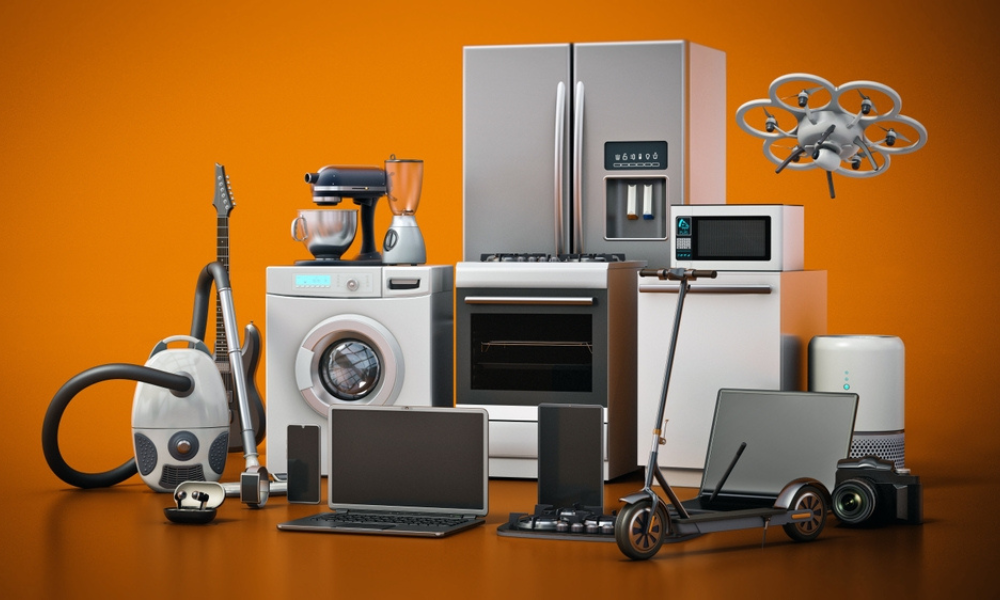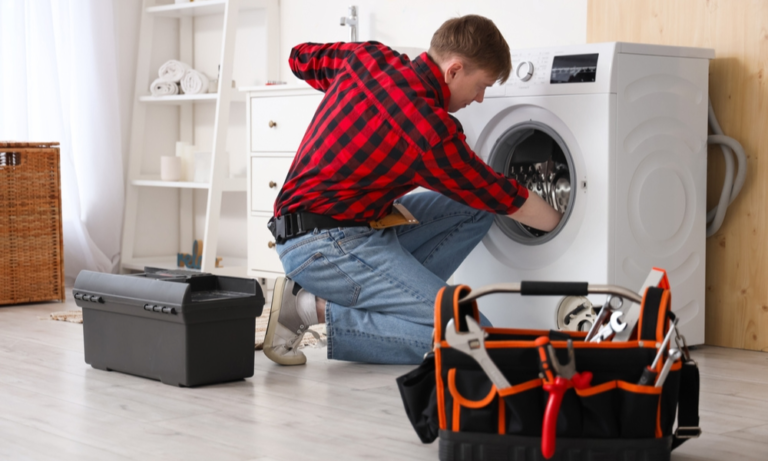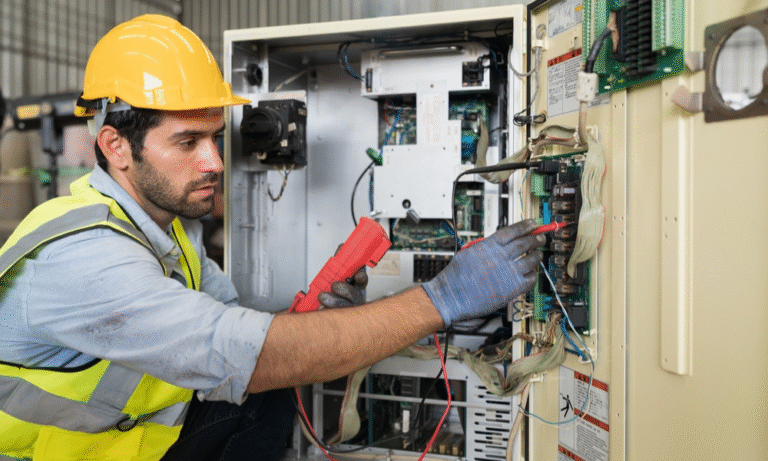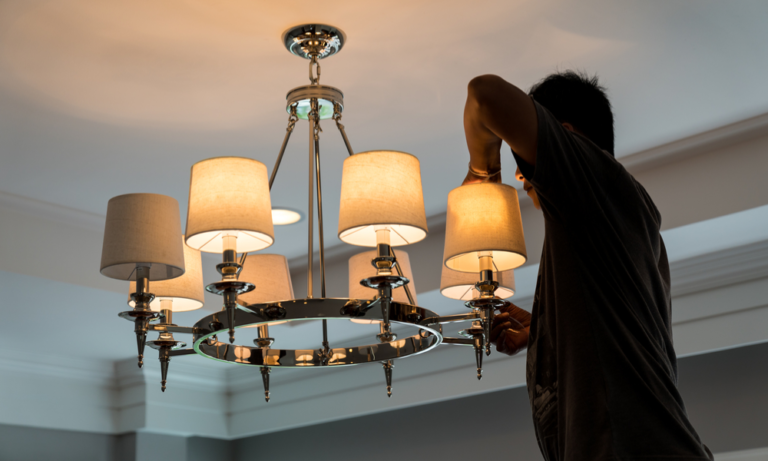Estimated reading time: 4 minutes
Have you ever been in the middle of cooking dinner, only to realize your oven refuses to heat? Or maybe your washing machine decided to take a vacation when you’re knee-deep in laundry. It’s frustrating, isn’t it? But don’t worry—many common electrical appliance problems are easier to tackle than you might think.
Here, I’ll share straightforward tips to troubleshoot these hiccups. No fluff, just practical advice you can use.
What You’ll Learn
How to identify the root cause of an appliance issue.
Simple power source checks to avoid unnecessary stress.
Tips for inspecting cords and connections like a pro.
Why your appliance’s environment matters more than you think.
When to call in the experts (and when to avoid them).
1. Identify the Problem
The first step? Figure out what’s wrong. Is your toaster just sitting there lifeless? Is your fridge humming loudly enough to audition for a rock band? Each symptom is a clue.
Take a moment to observe:
No Power: Lights are off, and the appliance is unresponsive.
Weird Noises: Anything from rattles to hums that don’t sound normal.
Unusual Smells: A burning smell could mean overheating or damaged wiring.
Think of yourself as a detective. Jot down what’s happening—it’ll help you solve the mystery faster.
2. Check the Power Source
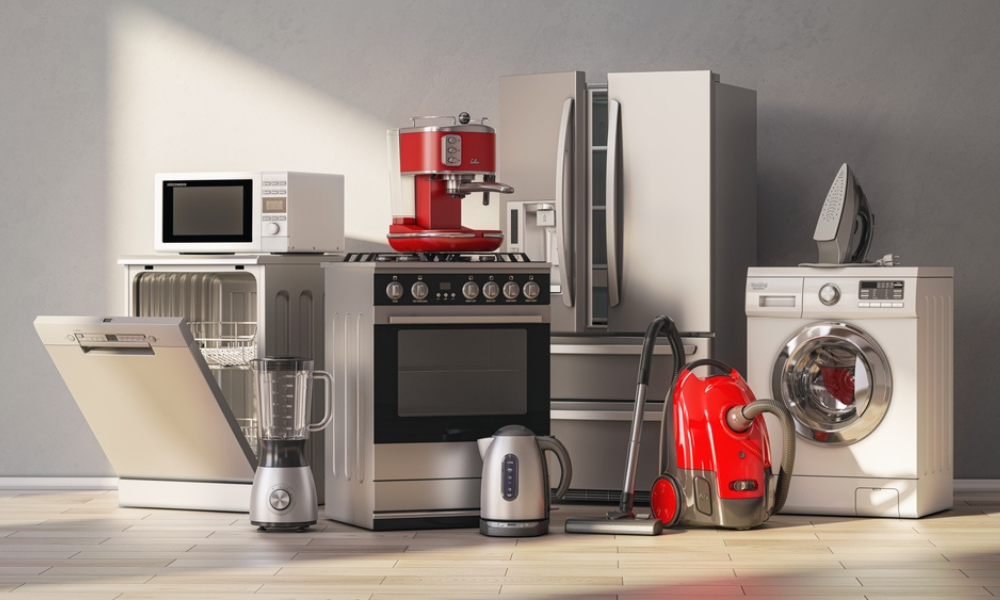
It sounds simple, but you’d be surprised how often this is the issue. Is the appliance plugged in properly? Did the circuit breaker trip?
Here’s a quick test:
Plug another device into the same outlet. If it works, the outlet is fine.
If the outlet doesn’t work, check the breaker box. A flipped breaker might be the culprit.
Pro tip: If the outlet looks scorched or smells burnt, stop everything and call a professional.
3. Inspect Cords and Connections
Damaged cords and loose connections are silent troublemakers. Give the cords a good look:
Frayed Wires: If you see exposed wires, stop using the appliance immediately.
Loose Connections: Ensure plugs are snug in outlets, and internal connections are tight.
Sometimes, all it takes is reseating a cord or tightening a plug. And if you’re lucky? Voilà! Problem solved.
4. Consider Environmental Factors
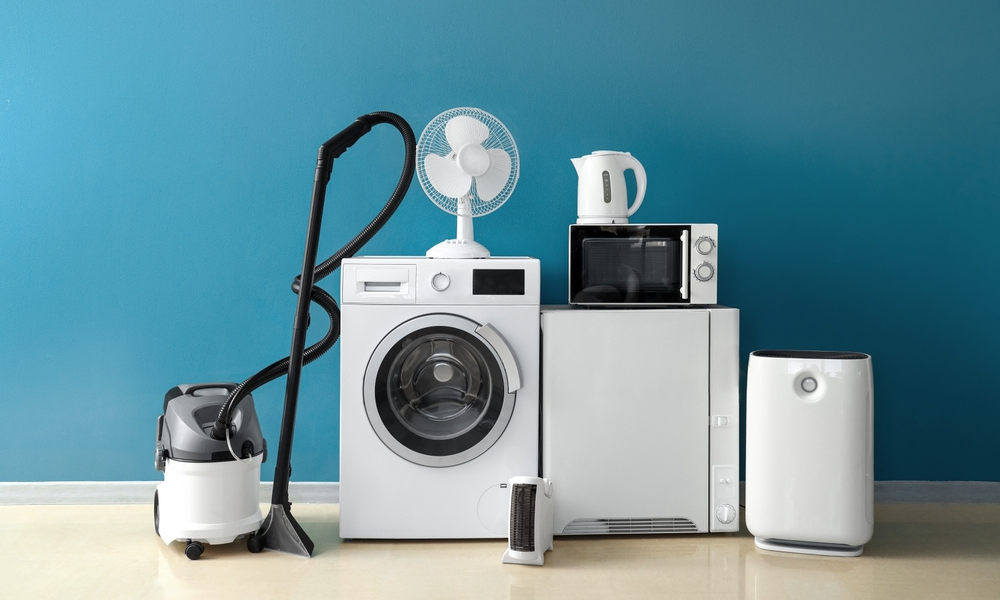
This might not cross your mind, but where your appliance lives plays a huge role in its performance. Electronics and appliances aren’t fans of extreme conditions.
Things to watch for:
Heat: Overheating can cause appliances to shut down.
Humidity: Moisture messes with internal components.
Dust: Accumulated dust blocks vents, leading to overheating.
Keep your appliances in a cool, dry, and clean area. Trust me—your gadgets will thank you.
5. DIY Fixes vs. Professional Help
Let’s face it, not every issue is a DIY moment. If you’ve checked everything and your appliance still doesn’t cooperate, it might be time to call in a pro. Here’s when to wave the white flag:
Persistent electrical sparks or burning smells.
Complex internal issues, like circuit board problems.
No improvement after basic troubleshooting.
Safety first, always. If you’re unsure, don’t hesitate to contact a certified technician. I’ve seen too many well-meaning DIYers end up with more problems than they started with!
6. Preventative Tips to Keep Appliances Running
Now that you’ve tackled today’s issue, let’s talk prevention. A little care goes a long way:
Regular Cleaning: Dust vents and wipe down surfaces to keep appliances functioning smoothly.
Don’t Overload Circuits: Avoid plugging too many devices into one outlet.
Timely Inspections: Check cords, plugs, and connections periodically.
These habits can save you from future headaches—and maybe a little cash, too.
A Lighthearted Note on Appliance Troubles
Ever feel like your appliances conspire against you on Mondays? You’re not alone. While I can’t prove they have a sense of humor, keeping them in good shape can at least keep the jokes to a minimum.
When to Call in the Pros
If you’re in over your head, remember there’s no shame in asking for help. Certified electricians or technicians have the tools and expertise to handle what you can’t. Plus, they’ll ensure everything’s safe for your home and family.
Final Thoughts
Troubleshooting electrical appliances doesn’t have to feel like climbing Everest. By following these simple steps, you can save time, money, and maybe even a little sanity. And when in doubt? There’s always someone ready to help.
Got any appliance mishaps of your own? Share them—I’d love to hear your stories. Or, if you need professional advice, don’t hesitate to reach out.
